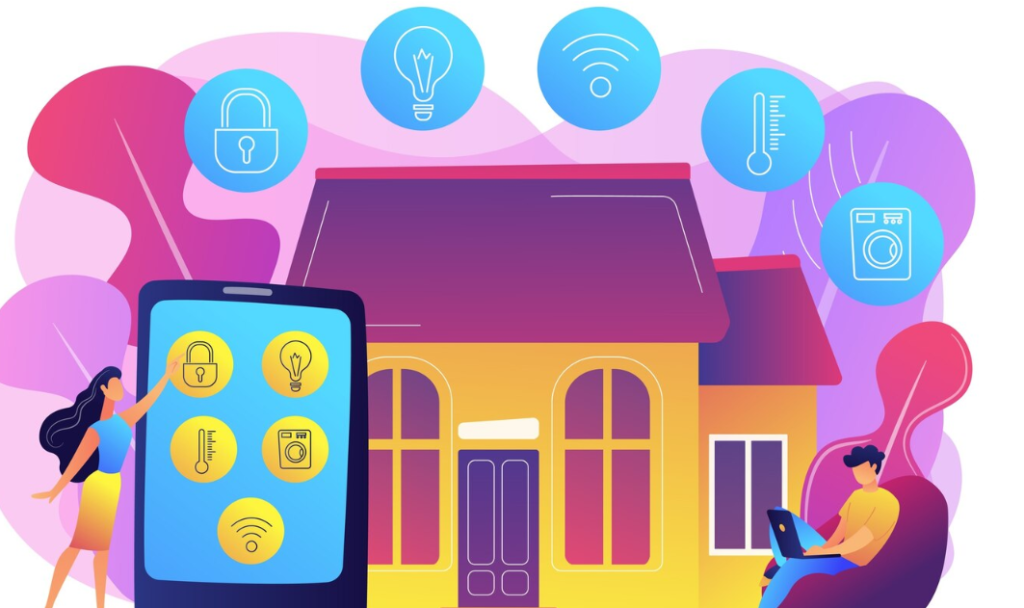Introduction
Free apps dominate the digital landscape, offering users entertainment, productivity, and communication tools at no financial cost. However, the reality is that “free” rarely means truly free. Behind the scenes, users often pay with their personal data, privacy, and even security. This article explores the hidden costs of free apps and how they can impact users in unexpected ways.
Data Collection and Privacy Concerns
Your Personal Data as Currency
Many free apps rely on collecting vast amounts of user data, including location, browsing history, and personal preferences. This information is often sold to advertisers and third-party companies, allowing them to target users with highly personalized ads.
Hidden Tracking and Surveillance
Some apps track users even when they are not actively using them. Background data collection can include microphone activation, GPS tracking, and even screen activity monitoring, raising serious privacy concerns.
In-App Purchases and Dark Patterns
The Freemium Model
While free apps may offer basic functionality at no cost, many use the “freemium” model, encouraging users to make in-app purchases to unlock premium features, remove ads, or progress faster in games.
Manipulative Design
Some apps use “dark patterns,” subtle psychological tricks designed to push users into spending money. Examples include making buttons for paid options more prominent or creating artificial scarcity to induce urgency.
Ad-Based Monetization and Its Downsides
Intrusive Advertising
Free apps often rely on ad revenue, leading to an excessive number of ads. These can be disruptive, slow down performance, and negatively impact user experience.
Malware and Security Risks
Some free apps include malicious ads (malvertising) or even embed malware that can steal personal data, compromise security, or install unwanted software on devices.
Limited Functionality and Forced Upgrades
Paywalls and Subscription Models
Many free apps eventually limit essential features, forcing users to pay for subscriptions or premium versions to continue using the service effectively.
Service Shutdowns
Because free apps depend on external funding sources, some may shut down abruptly if they become unprofitable, leaving users without access to their data or services they relied on.
How to Protect Yourself
Read Permissions Carefully
Before installing an app, review the permissions it requests. If an app asks for access to unnecessary data, reconsider using it.
Use Open-Source or Privacy-Focused Alternatives
Many open-source apps provide similar functionality without intrusive data collection. Privacy-focused alternatives prioritize security and limit tracking.
Be Cautious with In-App Purchases
Monitor spending on free apps, especially in games, to avoid falling into excessive microtransactions.
Conclusion
While free apps provide valuable services, they often come with hidden costs that users may not initially recognize. Whether through data collection, in-app purchases, or intrusive ads, these apps profit from users in multiple ways. Being aware of these tactics and taking precautions can help users make informed decisions and protect their privacy and security.


